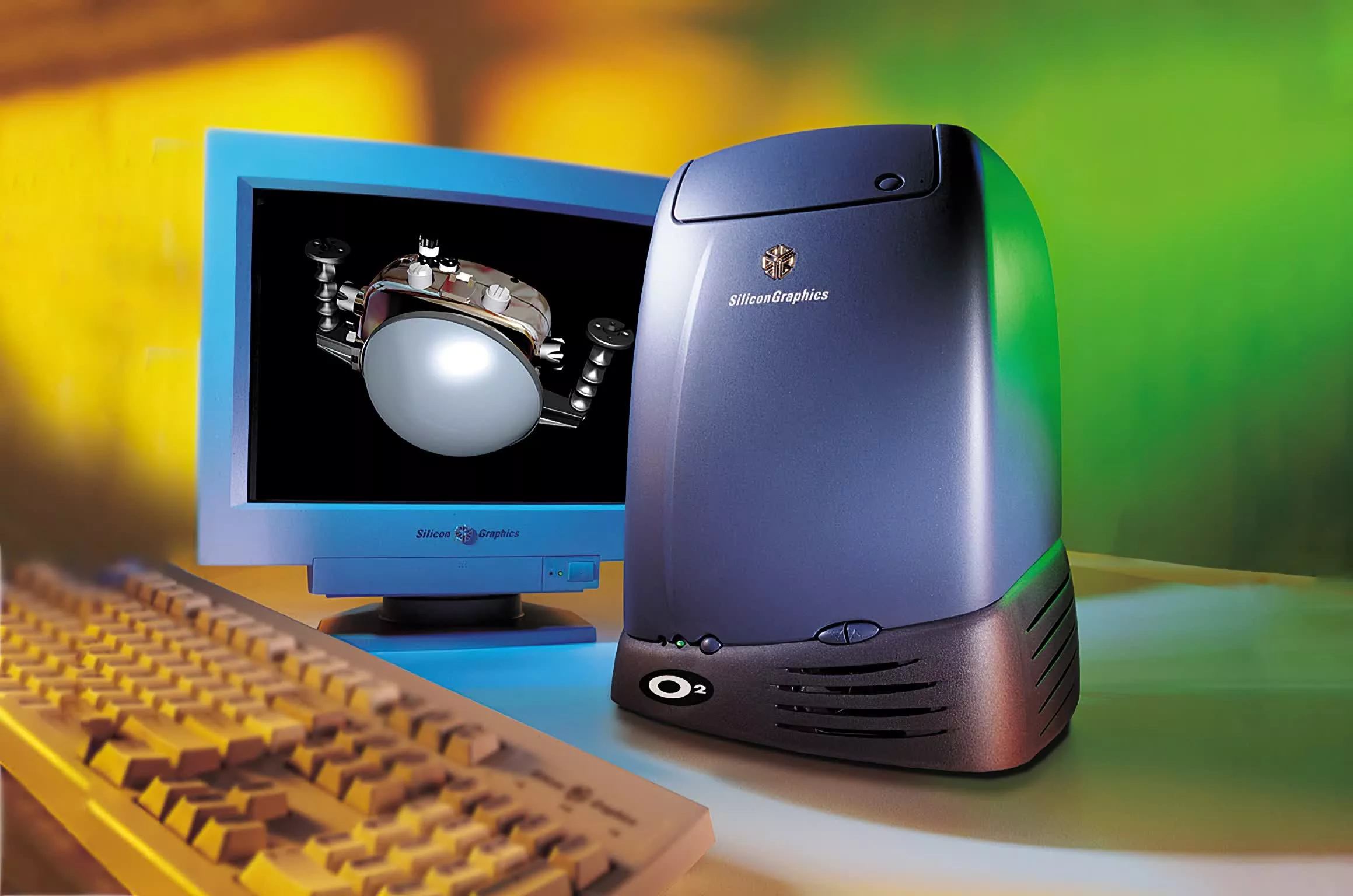🟢 The state of the metaverse in 2022

A few discussions these last weeks led me to try to pinpoint where the metaverse is at as of late 2022.
Well, all information looks like noise until you break the code. ― Neal Stephenson, Snow Crash (1992)
First, what do I mean by metaverse? I mean the hard promise of Zuckerberg's Meta: delivering fully immersive virtual reality spaces in synchronous mode between multiple connected individuals, and possibly for a clear reason (this last part is glaringly missing since true metaverse believers assume that if they build it, we will come – or that just hanging out is reason enough).
What I don't mean by that is:
- Augmented reality, as Google has been offering for a while on maps or as Apple might or might not launch.
- Virtual 3D worlds can be accessed through your computer's screen, gaming console, mobile, or TV (Roblox, Minecraft, Fortnite, or any MMO).
- Proprietary niche applications in the movie industry, biosciences, healthcare, industrial maintenance, or defense applications.
This strict definition of the Metaverse is necessary, or we just have to admit that the metaverse was already delivered decades ago (cue in my young self, modeling proteins with Silicon Graphics' 3D goggles for his master's degree).

So let's try to make sense of where we are by peeling out the many hype layers of all things currently labeled metaverse.




